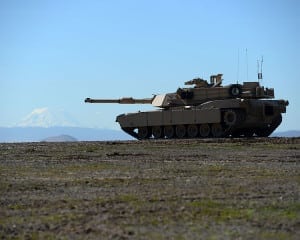
NATIONAL HARBOR, Md. -- The Marine Corps’ next assistant commandant on Tuesday defended the force’s decision to divest of its tanks as part of its retooling for future operations, adding he doesn’t believe the move will shift an armor requirement burden to the Army. Lt. Gen. Eric Smith, the head of Marine Corps Combat Development Command, told attendees at the Navy League’s SeaAirSpace conference here that embracing long-range precision fires and light vehicles outfitted with new weapons will provide the…

 By
By 











